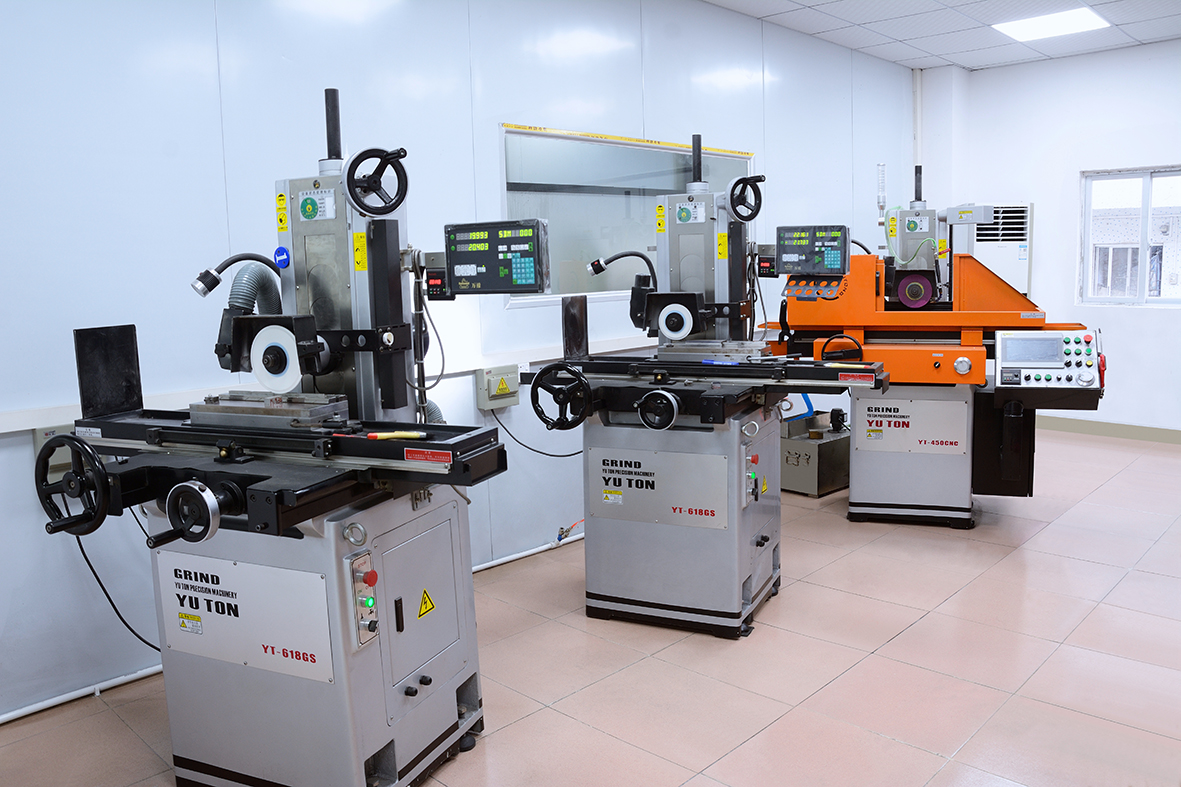
Wear Resistance: A smoother surface with lower roughness means more of the part's surface is in contact with another surface, which spreads out the pressure and reduces wear. With high-precision grinding, the effective contact area can go up to 85% or even 90%. A smoother surface means less wear over time. But things like burns or cracks on the surface (which can happen during grinding) can actually make wear worse, as they weaken the surface and make it more prone to damage.
Fatigue Resistance: Fatigue failure happens when a part is exposed to repeated stress, often due to tiny cracks or notches on the surface. A smoother surface, with fewer defects, is less likely to develop cracks and therefore more resistant to fatigue. In fact, when surface roughness drops from 6.3 μm to 0.04 μm, the fatigue strength of the material can increase by as much as 25%. Also, the work hardening that happens during grinding can boost fatigue resistance, but any cracks or burns will weaken it, so it’s important to keep the surface as clean as possible.
Corrosion Resistance: The smoother the surface, the less chance corrosive substances have to settle in grooves or imperfections. So, high-precision machining can help make parts more resistant to corrosion, extending their lifespan. However, if the grinding process leaves burns or cracks, or if residual stress builds up, it can actually make the part more vulnerable to corrosion. So, it’s a fine balance.
Fit Accuracy and Performance: Precision machining lets you control surface roughness very tightly, which is critical for maintaining proper fits in mold parts. If surface roughness or residual stress is too high, it can cause parts to deform, affecting the fit and performance. For example, changes in interference or clearance due to surface imperfections can mess with how well parts fit together, which can have a big impact on the final performance of the mold.
In short, grinding with precision not only enhances the physical properties of the mold parts but also ensures they fit and function the way they're supposed to. But, as always, it's crucial to avoid issues like cracks, burns, or excess residual stress that can hurt the performance in the long run.
